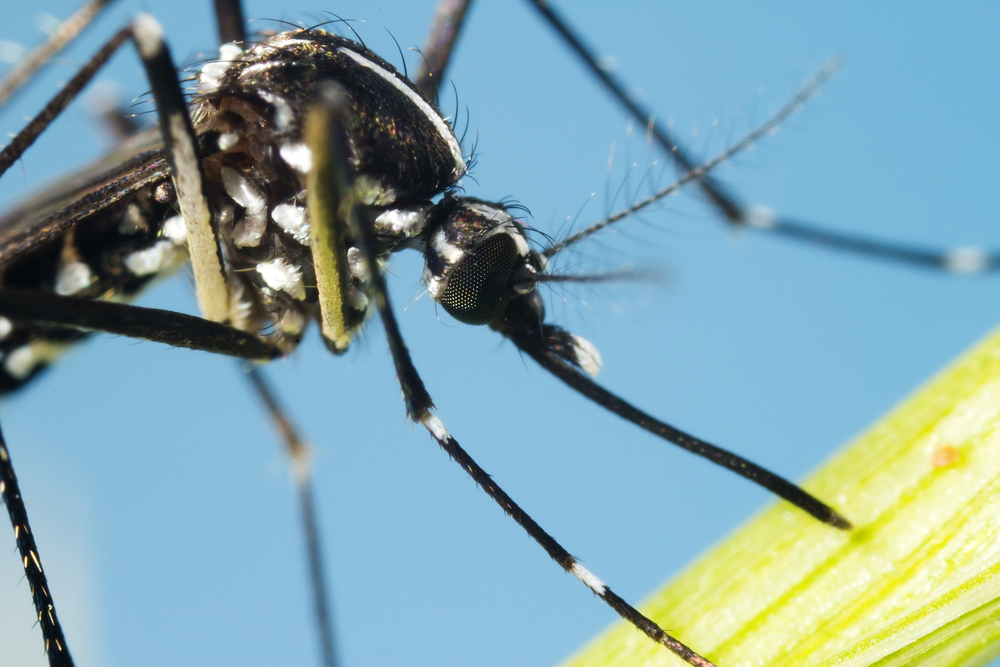
The invasive Asian tiger mosquito that is proliferating across the United States and Europe can spread Zika and dengue virus infections three times more effective than previously believed, according to a study presented on Tuesday.
After noting that earlier risk assessments of the Asian tiger mosquito were based on laboratory tests in which mosquitoes were given a single sample of blood containing one of the viruses, researchers at the Connecticut Agricultural Experiment Station and the Yale School of Public Health took a second look.
“We found that if you gave these mosquitoes a second feeding a couple of days later and with just regular blood that contained no virus they became much more infectious,” Doug Brackney, a virologist at the Connecticut Agricultural Experiment Station and the lead author of the study, said. “The percentage of our Asian tiger mosquitoes that were capable of transmitting virus jumped from 25 to 75 percent.”
Initial threat assessments concluded that the Asian tiger mosquito could easily acquire Zika and dengue viruses — but poor secretion of the virus in the mosquito’s saliva made it an ineffective transmitter.
The study, which researchers presented at the 66th Annual Meeting of the American Society of Tropical Medicine and Hygiene, concluded that a second feeding within days of the first would be characteristic of the Asian tiger mosquito, which is known as an aggressive biter.
“We found that the second feeding not only increases the proportion of insects that are infectious but also shortens the time it takes for the virus to reach their saliva,” Brackney said. “It produces a lot of infectious mosquitoes very quickly.”
While Asian tiger mosquitos are not as efficient as the Aedes aegypti at spreading Zika and dengue viruses, Brackney said they “appear to be much more efficient vectors than we previously thought.”
Warmer winters have also enabled the invasive mosquito to push deeper into New England. Researchers at the Connecticut Agricultural Experiment Station recently identified “well-established” populations of the mosquito in southwestern Connecticut and along the Long Island Sound.
“In much of the United States and Europe, mosquito control measures and simple barriers like window screens have helped limit the reach of Zika, dengue and chikungunya viruses, yet we still need to stay focused on potential risks,” Patricia F. Walker, a senior research fellow at the HealthPartners Institute, said. “Evidence that rapidly spreading populations of Aedes albopictus may be much more competent at transmitting infections than previously thought could test those defenses and will require public health officials to stay focused on mosquito control and clinicians focused on tracking patients for signs of infection.”




